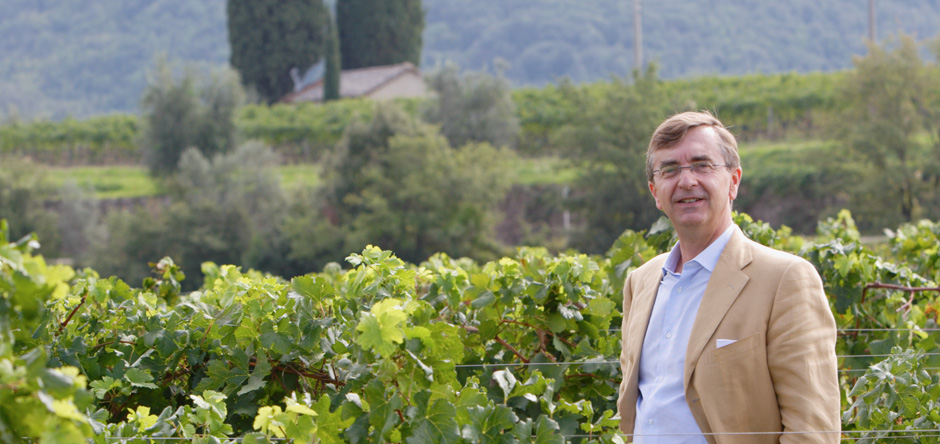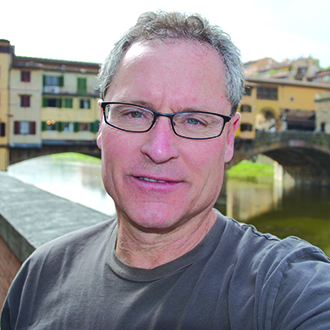So you want to be a wine writer. I’ve written before that if you love wine, there is no better time to be alive than right now. There are so many good wines being produced all over the world. Knowledge and techniques have vastly improved and there are thousands of really good winemakers learning and disseminating their discoveries.
As for writing about it, there is also no better time than now, thanks to Internet access, which is about a decade and a half old. Prior to that, wine writing required an affiliation with a magazine or a newspaper. Now with so many social media outlets, anyone can write a blog, or promote himself using Facebook, Twitter, LinkedIn, Pinterest, Google Plus, Tumblr, Instagram and Flickr, among other vehicles.
The more followers you can recruit to read and promote your writing, the more street cred you have, and street cred begets benefits. It requires some luck, some dedication, some persistence, some more luck, more dedication, a healthy dose of self-promotion and dumping any fear of rejection.
A few years ago, bloggers were not considered serious writers. Now there is even an annual wine bloggers conference that is organized and presented professionally, with producers participating from all the wine regions. It is an opportunity to improve your writing, taste wines from around the globe, network with folks from all aspects of the industry and have fun. Check it out at winebloggersconference.org. Increasing your sphere of influence is what it’s all about.
I began my wine-writing journey about 10 years ago. I had developed a love of fine wines and spirits while working in a couple of restaurants on Nantucket in the mid-’70s. Over the years, I collected some wines and learned a bit about them. Then I met Lawrence LaManna through a local men’s league softball. LaManna is a career wine guy who has worked all aspects of the industry. He was a wine and spirits lecturer with the Sommelier Society of America (SSA). One day he convinced me to take this 20-week SSA certification course to improve my wine knowledge. I signed up, paid my money and began the course. The class met on 20 consecutive Thursday mornings at Harvest on Hudson restaurant in Hastings-on-Hudson. We met for almost three hours each session, learning about the process of making wine, the influence of terroir on the grapes, cooperage or barrel making and how the use of wood adds flavor and texture to the wine. Then we would learn about a region each week and taste and discuss eight to 15 bottles representative of that particular area. This was all followed up with a two-part certification exam, including a blind tasting and identification of some wines and a comprehensive written test.
When I completed the course, I had a wine business card made and handed them out to restaurateurs and others I thought might be interested. Ted Fondulas, owner of the now defunct Hemingway’s Restaurant in Killington, Vt., offered me a job in beverage service. I already had a job and wasn’t looking for another, but I decided to work there sparingly when they got slammed, typically for a couple of hours on Saturday nights. On the side, Ted and his wife, Linda, reviewed foods and wines and spirits for Santé magazine, a trade magazine for anyone in the hospitality industry. I began reviewing wines for Santé. They would send me a case of wine or occasionally a case of spirits or liqueurs. I would open and review them and would send the results back to the magazine.
I told my editors about my photography background in college. They began to send me to wine and food events in New York City, which I would write about and publish in their online magazine, santemagazine.com. I would go to the city for wine luncheons or dinners sponsored by a winery or wine consortium, and I would attend educational seminars organized by public relations companies hired to promote specific wines or regions. There are also wine cruises, regional trips and wine dinners targeting nonprofessionals to bring them into the wine world and meet winemakers and winery owners. These events are a full-throttle way to get a wine education.
I began to get some invitations for press trips to wine and spirit destinations, often in other countries. Press trips are organized to promote a winery, distillery or a region and the resultant stories written by the participating journalists can considerably increase consumers’ knowledge and the producer’s or region’s profile.
When I paid my fee for my sommelier course, I felt like that money was gone forever. I never imagined that a little knowledge, some writing ability, some photography skills and a decent palate can go a long way in the wine industry. And inside every door are several other doors to explore. I have traveled on press trips to France and Italy many times. I’ve also been to Spain, Chile, Israel, the Dominican Republic, Kentucky, Texas and Washington state. And I never get tired of it. The different regional consortia want to educate you and want to show you what the area offers, not just in wine, but also in food, culture, music and art. I have made many friends both locally and from far away. And I check my email regularly for the next invitation. Sometimes they are beyond my imagination.
Write me at Doug@dougpaulding.com.


